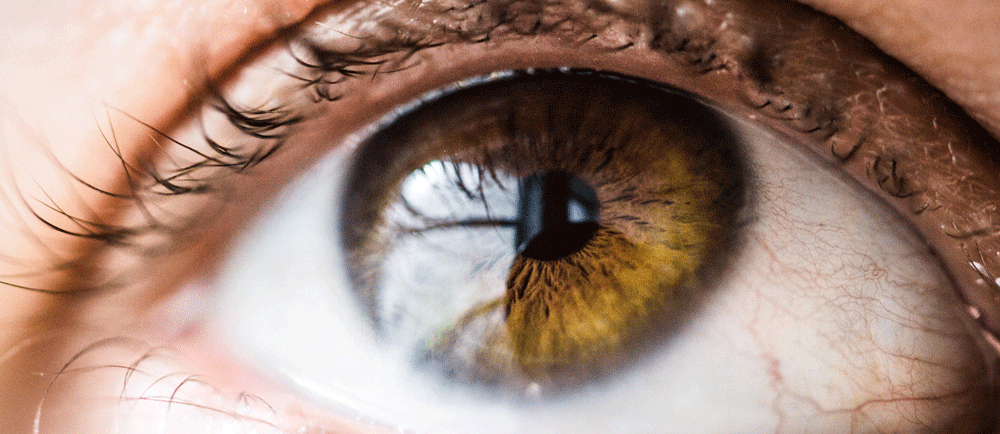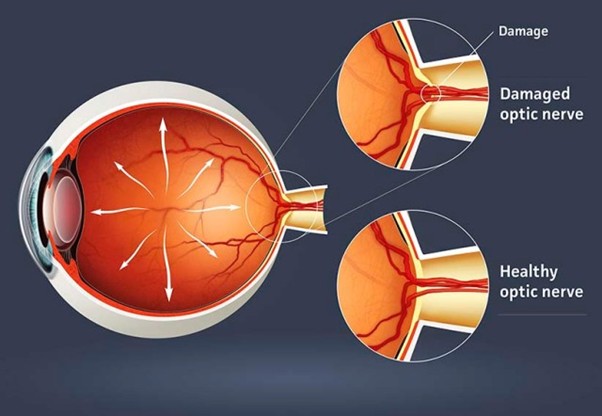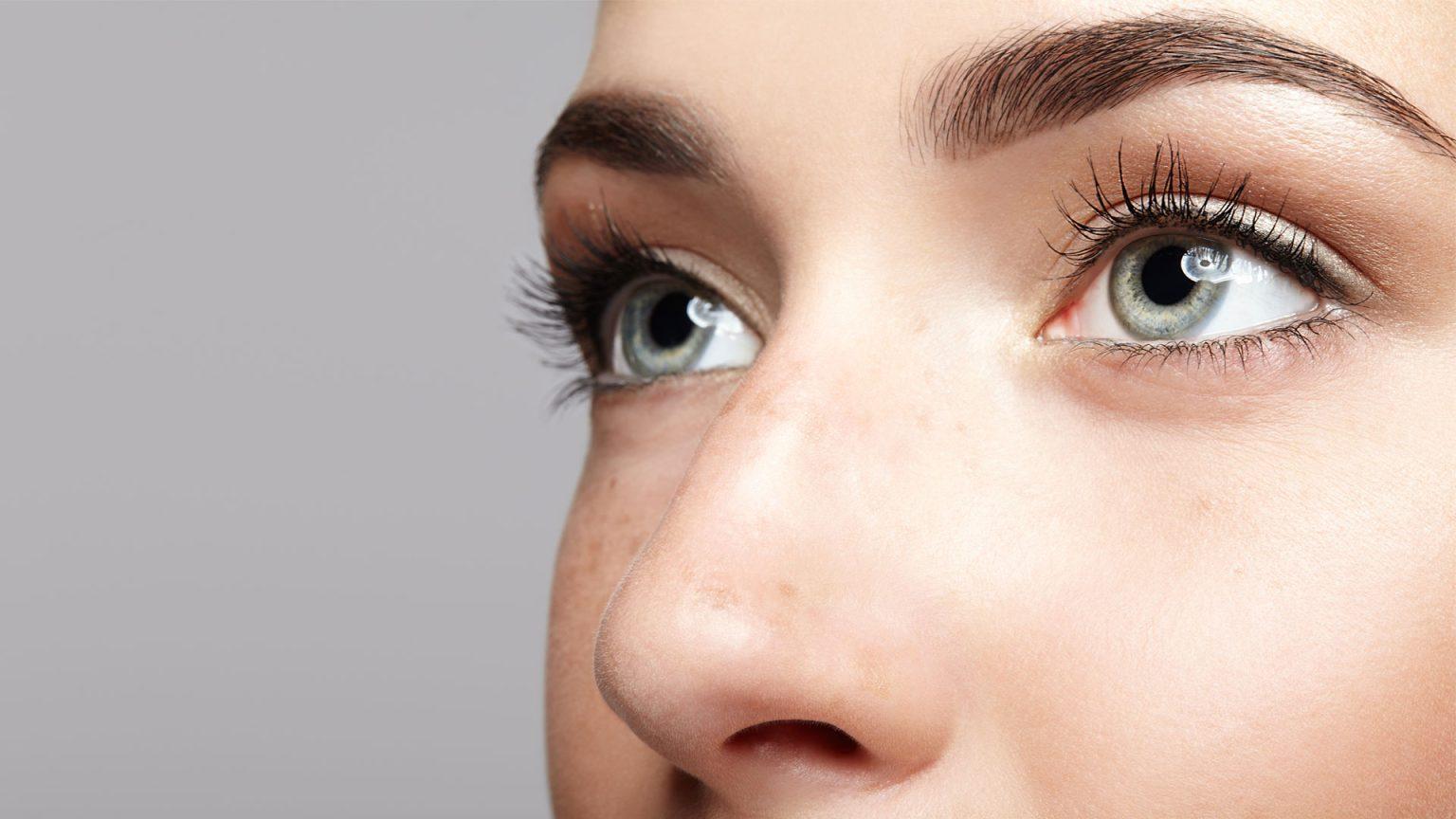Glaucoma Treatment & Advanced Surgical Options
Understanding Glaucoma
Glaucoma is a progressive eye condition that results in damages to the optic nerve and can lead to progressive loss of visual field.
Most commonly glaucoma is caused by increased pressure within the eye and onset of symptoms can be “silent” with patients not aware of early changes to their visual field.
As glaucoma damage is permanent, early diagnosis and prompt treatment are essential to preserving vision and preventing long-term sight loss.
At Cathedral Eye Clinic, we offer comprehensive glaucoma care, led by Consultant Ophthalmic Surgeon Mr Gerard Reid from early detection to the most advanced surgical solutions.
Cathedral Eye is the only private clinic in Ireland offering advanced glaucoma surgeries.
Key Benefits & Unique Expertise
- Only private clinic offering advanced glaucoma surgeries, including MIGS, trabeculectomy and aqueous shunts
- Highly experienced surgeons with extensive expertise in complex and progressive glaucoma
- State-of-the-art diagnostic technology, including OCT imaging, visual-field analysis & advanced pressure assessment
- Tailored treatment plans built around your lifestyle, glaucoma type and long-term vision goals
Glaucoma is:
The Silent Thief of Sight
Glaucoma gradually blurs your peripheral vision - often without you realising.
Symptoms & When to Seek Help
Early detection is essential.
Common Symptoms
- Symptoms can be subtle initially and go unnoticed by the patient
- Typically, painless
- Blurred or missing patches in visual field
- Increased difficulty seeing at night.
With very high eye pressures…
- Eye pain or redness
- Halos around lights
- Sudden vision loss (medical emergency)

With very high eye pressures…
- Eye pain or redness
- Halos around lights
- Sudden vision loss (medical emergency)
When Should You Get Tested?
Regular eye examinations are crucial for early detection.
We recommend testing:
- Every 2 years for everyone over 40
- Annually if you have a family history of glaucoma
- More frequently if you're of African-Caribbean or East Asian descent
- Immediately if you experience any acute symptoms
Understanding Glaucoma
What is Glaucoma?
Glaucoma refers to a group of eye diseases that damage the optic nerve, often due to elevated eye pressure. If left untreated, this damage can lead to irreversible vision loss.
At Cathedral Eye Clinic, we diagnose all glaucoma types including:
- (primary) open-angle glaucoma
- (primary) angle-closure glaucoma
- secondary glaucomas
and provide ongoing management to protect your vision for the long term.

Did you know?
Treatment Options
Selective Laser Trabeculoplasty (SLT)
A non-invasive laser procedure that improves fluid drainage to reduce eye pressure.
Minimally Invasive Glaucoma Surgery (MIGS)
A group of modern, low-impact surgical techniques performed via microscopic incisions.
Trabeculectomy
A non-invasive laser procedure that improves fluid drainage to reduce eye pressure.
Aqueous Shunts (Glaucoma Drainage Implants)
A non-invasive laser procedure that improves fluid drainage to reduce eye pressure.
Patient Experience
Meet Aaron Watson, a glaucoma patient who shares his personal journey with diagnosis and treatment.
In this short video, Aaron talks about his experience and the care that helped him protect his vision.
Watch his story below.
Margaret T.
Patient Journey
Our care pathway is designed to support you at every stage.
The diagram below highlights each step of your glaucoma journey with us.
During this appointment, we carry out a full eye assessment using advanced diagnostic technology to gain a complete picture of your eye health.
We take time to understand your symptoms, lifestyle and visual expectations so we can recommend the most appropriate treatment options and support you in making a confident, informed decision.
Once your assessment is complete, your specialist will discuss the most suitable procedure for your individual needs.
We prioritise transparency and evidence-based care, ensuring you fully understand the benefits, expectations and alternatives before moving forward.
You will meet your surgeon again to review the treatment plan and have plenty of time to ask questions.
Our goal is to ensure you feel fully prepared, supported and reassured ahead of your surgery day.
Your surgeon will talk you through each stage of the process so you know exactly what to expect.
As with any eye procedure, vision may be temporarily blurred afterwards, so please arrange alternative transport and avoid driving.
Most patients notice improvement very quickly, although recovery times vary by treatment.
Our team remains available at every stage to answer questions and provide reassurance, ensuring you achieve the best possible outcome for your vision.
Meet Gerard Reid

Consultant Ophthalmic Surgeon & Glaucoma Specialist
Mr Gerard Reid, MB BCh, BAO, MSc, FRCOphth, is a Consultant Ophthalmic Surgeon specialising in cataract surgery, glaucoma (medical and surgical management) and inflammatory eye disease.
He graduated from medical school in Queens University Belfast and completed a master’s degree (Ophthalmology, Retina) in University College London.
Why Choose Cathedral Eye Clinic?
- Expertise from Mr Gerard Reid, a leading Consultant Ophthalmic Surgeon with decades of glaucoma experience
- Full-spectrum care from early diagnosis to the most advanced surgical options
- A calm, patient-focused environment with exceptional attention to comfort
- Access to state-of-the-art lasers, imaging and surgical technologies
- Trusted centre for referrals from optometrists across Northern Ireland
Pricing & Finance
We offer transparent pricing and tailored packages for diagnosis and treatment.
Selective Laser Trabeculoplasty (SLT)
from £1000
Minimally Invasive Glaucoma Surgery (MIGS)
£3500
Trabeculectomy
from £4500
Aqueous Shunts (Glaucoma Drainage Implants)
Glaucoma Consultation
£300
SLT Laser Treatment
from £1000
MIGs
£3500
Trabeculectomy
from £4500
Flexible interest-free finance options available.
Frequently Asked Questions
Glaucoma cannot be reversed, but early and effective treatment can prevent further vision loss.
No, many patients notice no symptoms until advanced stages. Regular eye exams are vital.
Many procedures offer long-term pressure control, though ongoing monitoring is always required.
Some patients may reduce their reliance on drops; others may still need them. It depends on your response.
Yes, family history increases risk, especially for first-degree relatives.
Most modern procedures have fast recovery times, but this varies by surgery type.
Book a Consultation
We’re here to answer your questions, talk through the process, and arrange a consultation with our caring team when you’re ready.

